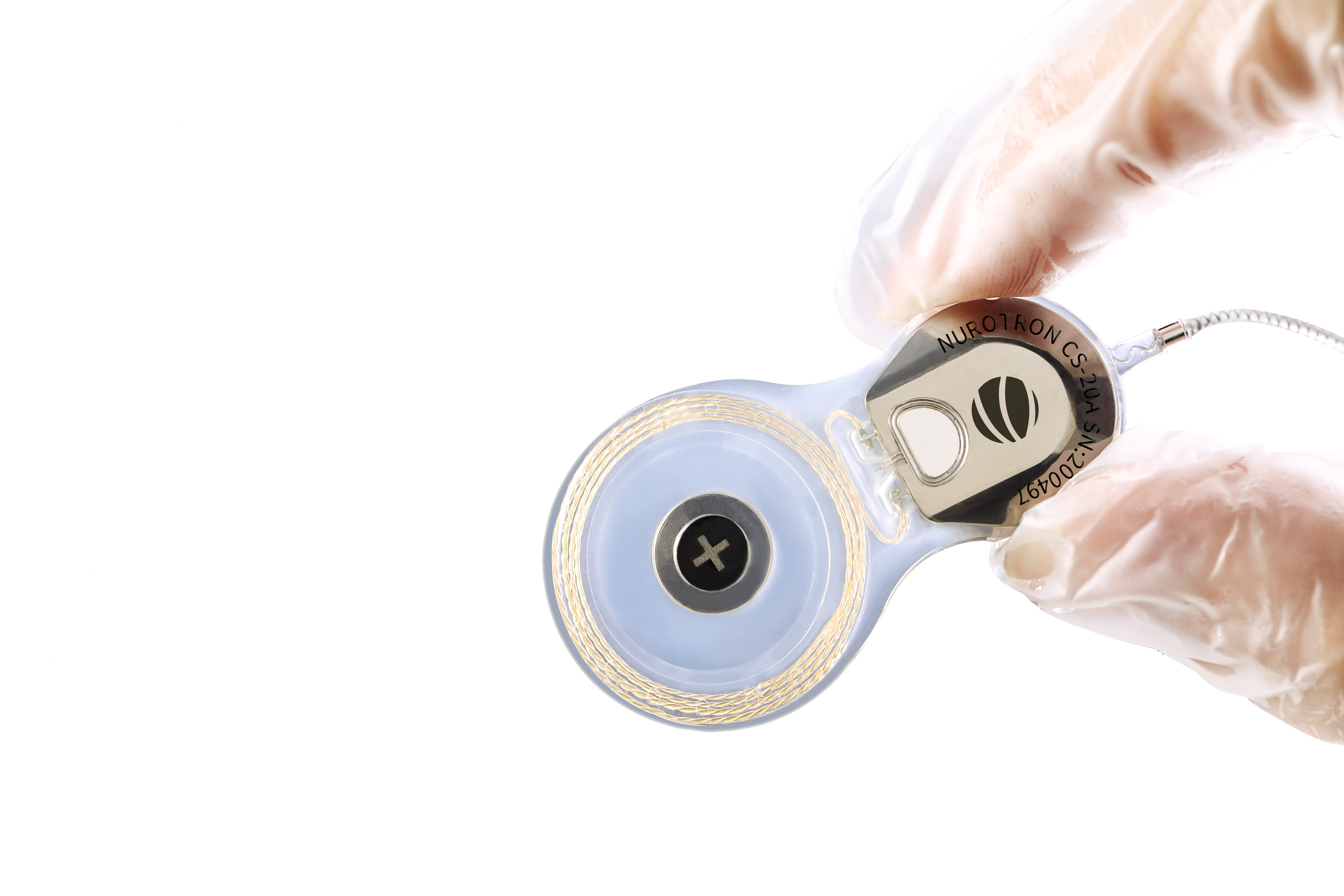
Cochlear implants have emerged as a transformative solution for children suffering from severe to profound hearing loss. These devices not only enhance auditory perception but also significantly improve communication skills and overall quality of life. As we delve into the intricacies of cochlear implants, it is essential to understand their functionality, benefits, and the role of leading manufacturers in this field.
Click to find more about cochlear implants for children.
The Importance of Cochlear Implants for Children

Cochlear implants are electronic devices that bypass damaged hair cells in the inner ear and directly stimulate the auditory nerve. For many children with hearing impairments, these implants can facilitate access to sound and language at a critical developmental stage. Early intervention is crucial; studies indicate that children who receive cochlear implants before age two tend to achieve better speech outcomes compared to those implanted later. Furthermore, these devices enable children to participate more fully in social interactions and educational settings.
Nurotron: A Leader in Cochlear Implant Technology
Nurotron Biotechnology Co., Ltd., based in China, has made significant strides in developing advanced cochlear implant systems tailored specifically for pediatric patients. Their innovative technology focuses on enhancing sound processing capabilities while ensuring user comfort through ergonomic design features. Nurotron‘s commitment extends beyond product development; they actively engage with healthcare professionals and families to provide comprehensive support throughout the implantation process. This holistic approach ensures that both parents and children feel empowered during their journey toward improved hearing.
Understanding Hearing Implant Cochlears
The term “hearing implant cochlear” refers broadly to any device designed to restore or enhance hearing by electrically stimulating the auditory system. Unlike traditional hearing aids that amplify sound, cochlear implants convert sounds into electrical signals sent directly to the brain via electrodes placed within the cochlea. This distinction makes them particularly effective for individuals with severe sensorineural hearing loss who do not benefit from conventional amplification methods. The advancements in digital signal processing have further refined these devices’ ability to distinguish between different types of sounds, thereby improving clarity and comprehension.
Conclusion: Embracing Cochlear Implants for Children’s Future
Cochlear implants represent a beacon of hope for countless children facing challenges due to hearing loss. By providing early access to sound through sophisticated technologies like those developed by Nurotron, we can foster an environment where every child has an opportunity for success—both academically and socially. As research continues into optimizing these devices further, it becomes increasingly clear that investing in cochlear implantation is not merely about restoring hearing; it’s about enriching lives.
